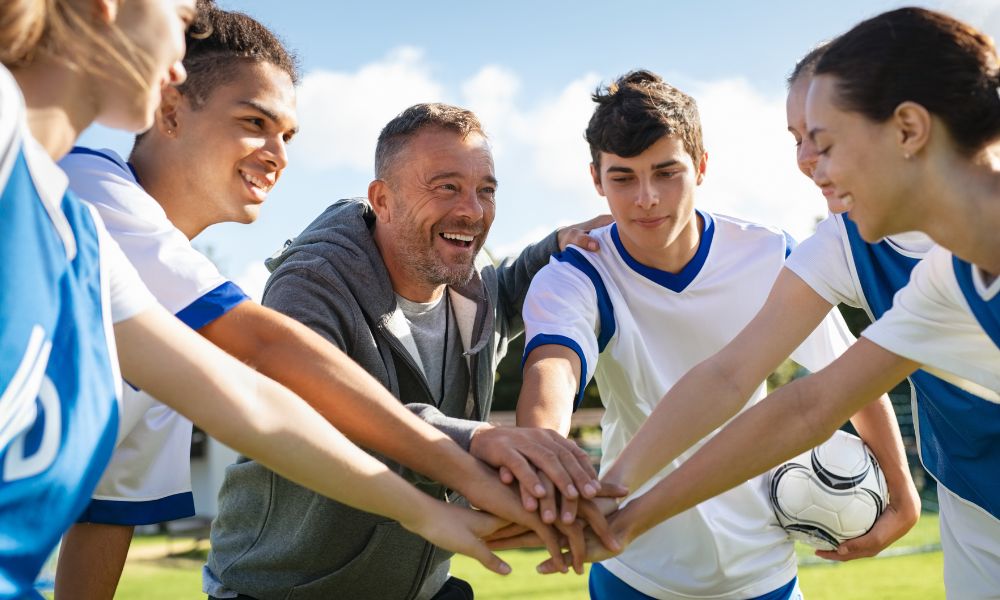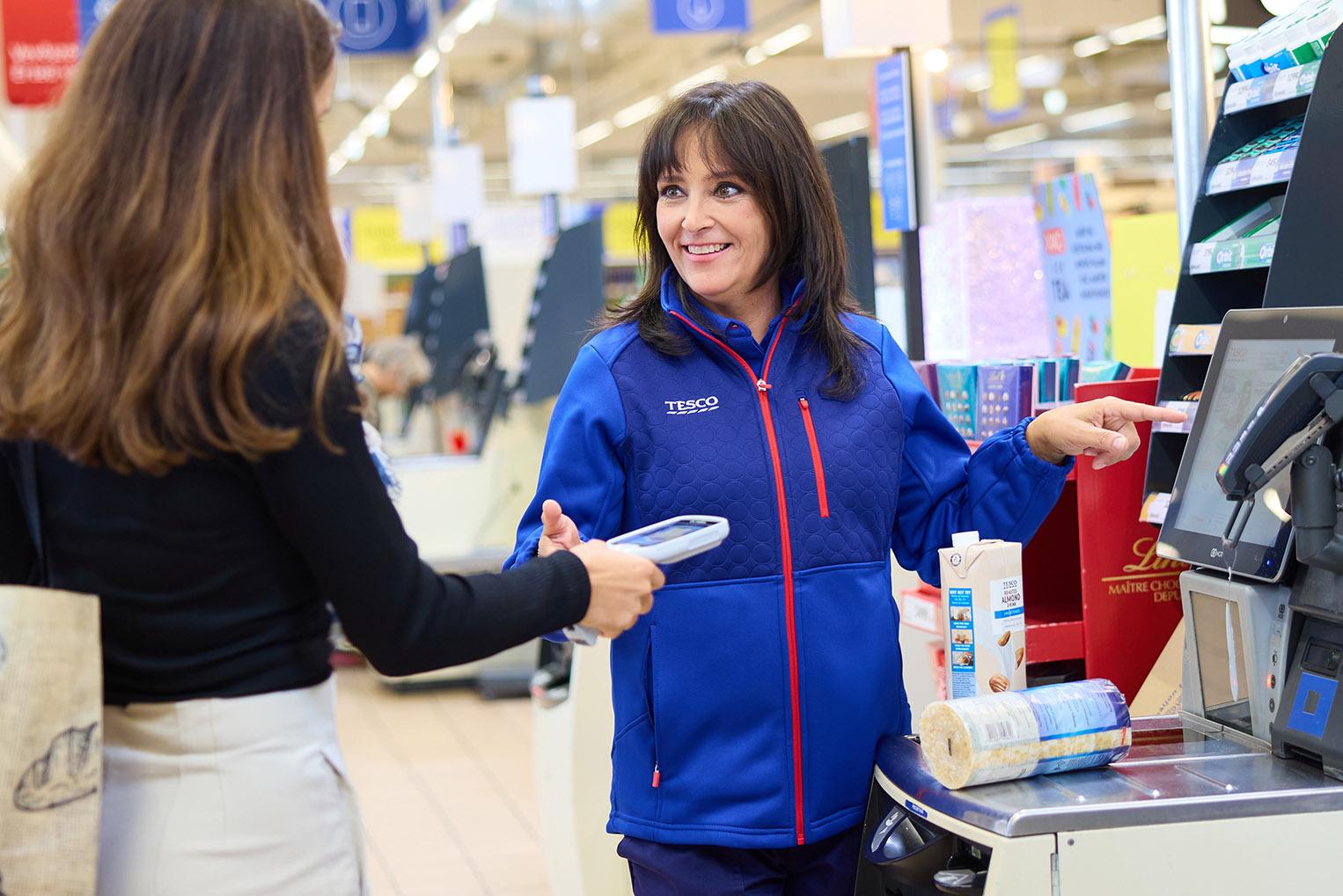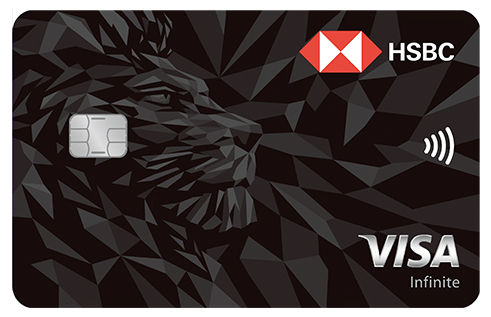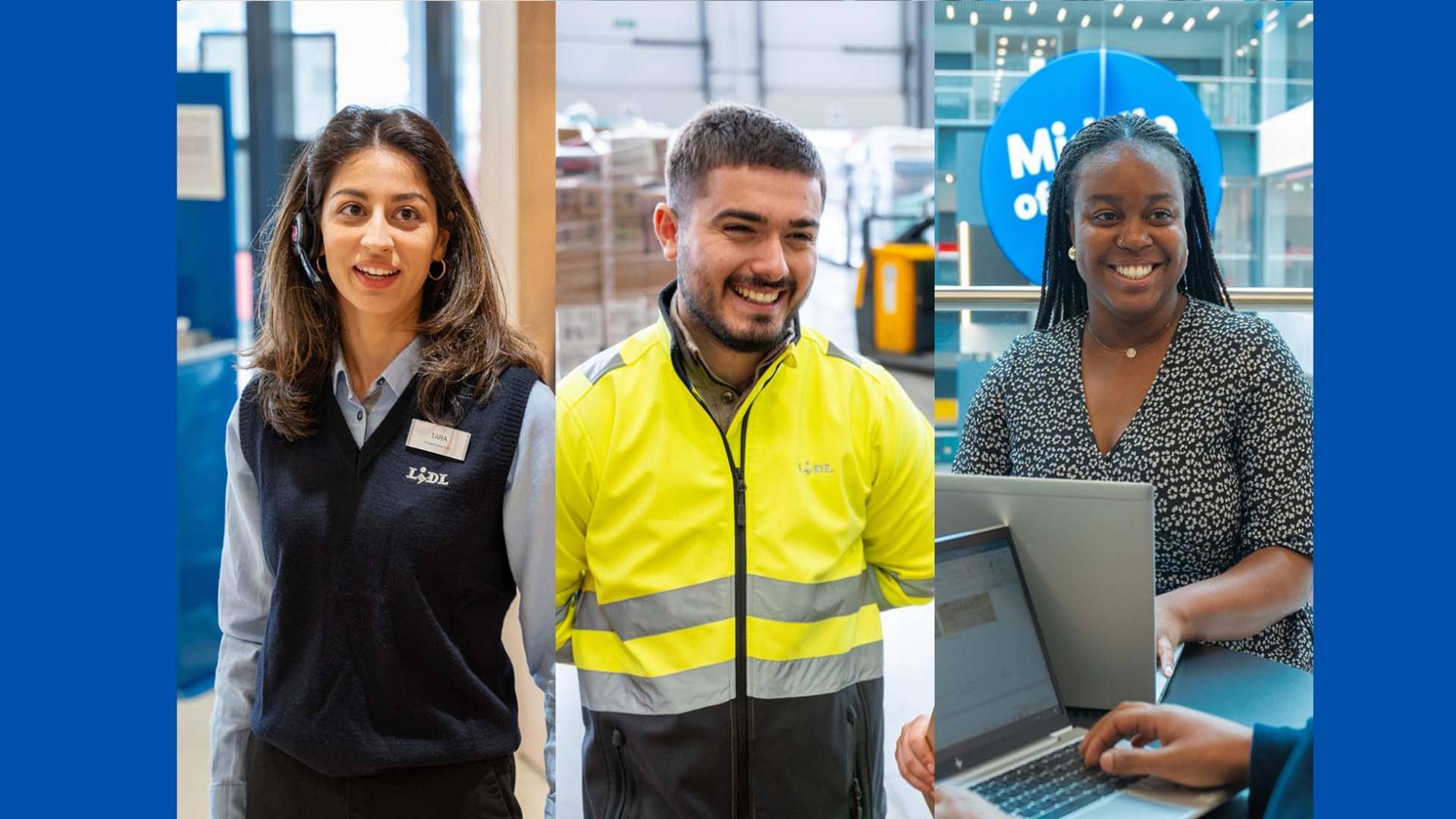Introduction
Sports have a unique way of weaving people together, transcending boundaries and creating lasting bonds. Whether it’s the thrill of competition or the joy of cheering on a local team, sports foster connections that go beyond just winning or losing. From community leagues to school competitions, these activities bring individuals from diverse backgrounds together for a common purpose: to play and support one another.
In an increasingly fragmented world, sports serve as a unifying force, providing not only entertainment but also opportunities for growth and connection. Let’s explore how sports can strengthen communities and create meaningful relationships among participants and fans alike.
How sports bring people together
Sports have a remarkable ability to unite individuals from diverse backgrounds. When people come together on a field or court, they share common goals and aspirations, fostering bonds that often extend beyond the game itself.
Teamwork is at the heart of every sport. Players learn to rely on one another, creating camaraderie that strengthens their relationships both in and out of competition. These moments build trust and friendship.
Shared passion fuels support among fans too. Whether cheering for local teams or national heroes, communities rally around their athletes, igniting excitement and solidarity.
Cultural exchanges happen organically during sports events as well. They create platforms where traditions are celebrated, breaking down barriers between different societal groups and nurturing mutual respect along the way. The energy in these shared experiences creates lasting connections that enrich community life.
A. Teamwork and camaraderie
Teamwork and camaraderie are at the heart of sports. When individuals come together to form a team, they blend their diverse talents and strengths. This collaboration fosters a sense of unity.
As teammates work towards common goals, bonds naturally develop. Players learn to rely on one another, building trust that extends beyond the field or court. Those moments of shared victory create lasting memories.
Challenges faced during games also play a crucial role in strengthening relationships. Overcoming obstacles together cultivates resilience and mutual respect among players.
The spirit of teamwork often spills into community life as well. Friends become family; support systems grow stronger through collective experiences in sports programs.
These connections enhance the social fabric of neighborhoods. Through teamwork, communities flourish with cohesion built on shared aspirations and achievements.
B. Shared passion and support
Sports have a unique way of igniting shared passions within communities. When local teams take to the field, they create an atmosphere of excitement and energy that’s palpable. Fans rally together, united by their love for the game.
This collective enthusiasm fosters strong bonds among supporters. Conversations spark in cafes, schools, and parks—everyone has a favorite player or memorable game moment to share. These interactions build connections that extend beyond sports.
Support goes further than just cheering from the sidelines; it often translates into volunteering efforts or fundraising events for local programs. Communities invest time and resources because they believe in the power of sports to uplift everyone involved.
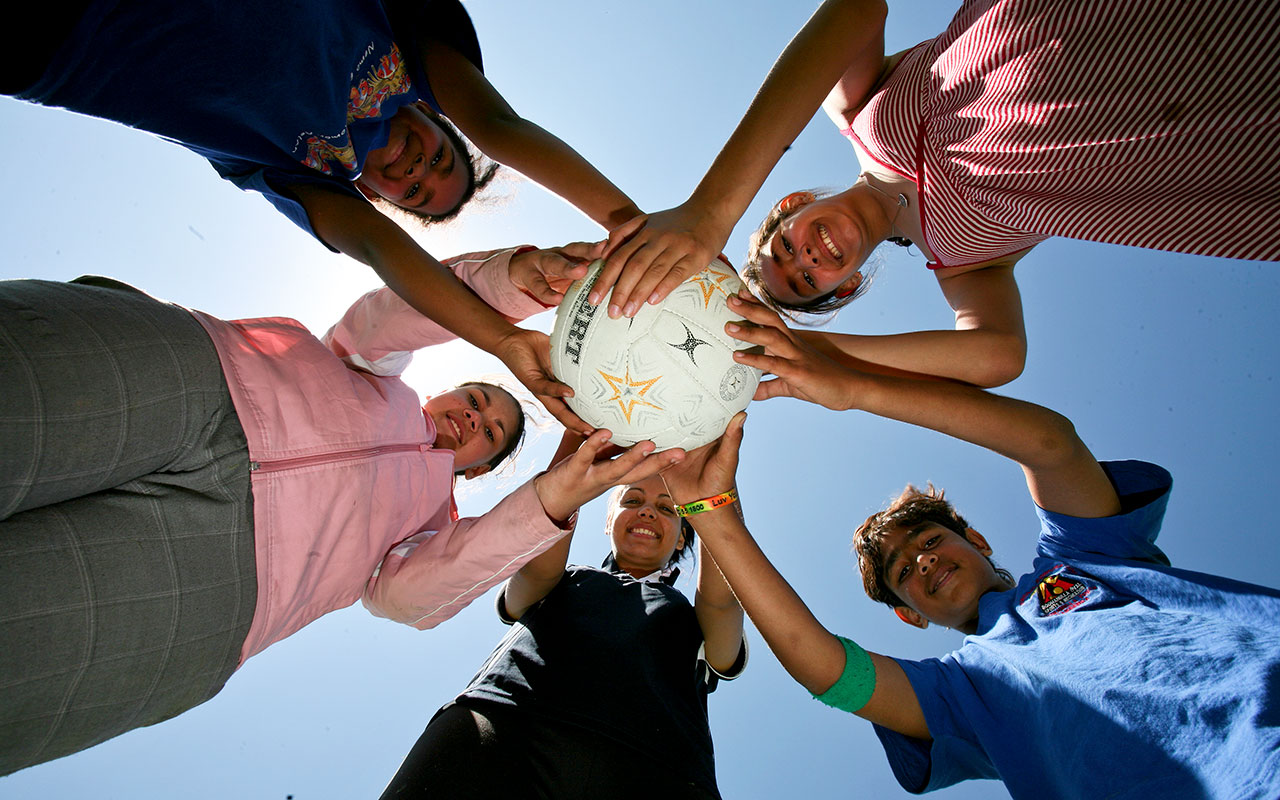
When victories are celebrated or losses grieved, people come together as one cohesive unit. This shared emotional journey strengthens relationships while creating lasting memories woven through each season’s highs and lows.
C. Cultural and societal impact
Sports serve as a powerful cultural bridge, connecting individuals from diverse backgrounds. They create shared experiences that transcend language and social barriers.
In many communities, local sports teams become symbols of pride. From youth leagues to adult competitions, these teams often represent the heart of their neighborhoods. People rally around them, fostering unity and belonging.
Moreover, sporting events can be catalysts for societal change. They provide platforms to address important issues like equality and inclusion. Discussions surrounding diversity in sports can inspire broader movements within society.
Culturally significant events, such as marathons or tournaments, also stimulate economic growth. Local businesses thrive when communities come together to support their athletes.
Through this lens, it’s clear that the impact of sports extends far beyond the playing field. They weave threads into the fabric of community life.
The positive effects of community involvement in sports
Community involvement in sports plays a vital role in enhancing physical and mental health. Engaging in athletic activities encourages individuals to stay active, reducing the risk of chronic diseases. Moreover, it fosters a sense of belonging that can alleviate stress and anxiety.
Inclusivity thrives within sports communities. People from diverse backgrounds come together, breaking down barriers. This melting pot enriches experiences and perspectives while promoting understanding among participants.
Sports also teach life skills that extend beyond the playing field. Participants learn discipline through training routines, teamwork during games, and resilience when facing challenges or losses. These lessons shape character and prepare individuals for various aspects of their lives.
Community-driven sports initiatives cultivate connections that strengthen neighborhoods while encouraging personal growth for all involved.
A. Promoting physical and mental health
Engaging in sports significantly boosts both physical and mental health. Regular participation helps individuals maintain a healthy weight, improve cardiovascular fitness, and build muscle strength.
Beyond physical benefits, sports foster psychological well-being. They reduce stress by promoting the release of endorphins, often referred to as “feel-good” hormones. This natural high can combat anxiety and depression effectively.
Additionally, being part of a team or community offers social support that enhances mental resilience. The bonds formed through shared experiences create a sense of belonging.
Sports also instill discipline and routine in daily life. Committing to practice schedules encourages consistency not just in athletic pursuits but also in other areas like work or study habits.
Embracing an active lifestyle through sports ultimately leads to healthier communities where everyone thrives together.
B. Fostering inclusivity and diversity
Sports provide a unique platform for fostering inclusivity and diversity. They invite individuals from various backgrounds to come together, breaking down barriers that often separate us in everyday life.
When people engage in sports, they learn to appreciate different perspectives. This sharing of experiences cultivates respect and understanding among teammates and opponents alike.
Diverse teams often perform better due to varied strategies and skills. Each player brings something unique to the field, enhancing both performance and teamwork.
Community sports programs actively encourage participation from all members. These initiatives promote accessibility by providing resources for underrepresented groups.
By celebrating differences, sports create an environment where everyone feels valued—regardless of age, gender, or ability. The sense of belonging that comes with this inclusivity strengthens community ties while inspiring future generations to embrace diversity wholeheartedly.
C. Teaching valuable life skills
Sports are more than just games; they are classrooms for life lessons. Through competition, individuals learn discipline and the importance of setting goals. Each practice and match becomes an opportunity to strive for improvement.
Team dynamics teach communication skills. Players must express themselves clearly and listen actively to each other. These interactions build mutual respect and understanding.
Resilience is another key lesson learned on the field or court. Facing defeat can be tough, but it also encourages perseverance in the face of challenges. Athletes discover how to bounce back stronger after setbacks.
Furthermore, sports instill a sense of accountability among teammates. Everyone has a role to play, emphasizing that cooperation leads to shared success. This fosters responsibility not only in sports but also in personal endeavors beyond the game.
Examples of successful sports-based community initiatives
One shining example of a successful sports-based community initiative is the “Midnight Basketball” program. This initiative targets at-risk youth by providing them with a safe environment to engage in basketball games during late-night hours. It fosters teamwork while steering young individuals away from negative influences.
Another noteworthy project is the “Girls on the Run” program. This organization empowers girls through running, focusing on building self-esteem and promoting healthy lifestyles. Participants learn valuable lessons about perseverance and friendship while preparing for local 5K races.
In addition, many cities have embraced adaptive sports leagues that cater to athletes with disabilities. These leagues not only provide competitive opportunities but also create an inclusive atmosphere where all community members can thrive together.
Such initiatives highlight how sports can serve as powerful tools for change, uniting diverse groups around shared goals and passions.
Challenges faced in promoting sports in communities
Promoting sports in communities is often met with various challenges. One significant hurdle is funding. Many local programs struggle to secure the financial support needed for facilities, equipment, and coaching.
Another issue is accessibility. Not everyone has equal access to resources like fields or gymnasiums. This can create disparities that hinder participation among different socioeconomic groups.
Cultural barriers also play a role. Some individuals may not feel welcome in certain sports environments due to societal norms or stereotypes.

Additionally, time constraints affect involvement. Busy schedules make it difficult for families to commit to regular practices or games.
Lack of awareness about available programs can limit engagement. Community members might simply not know what opportunities exist nearby, which stunts overall participation rates in sporting activities.
Frequently Asked Questions
What role do sports play in community building?
Sports serve as a vital glue that holds communities together. They create opportunities for individuals to connect, fostering friendships and networks that might not otherwise form.
How can community sports programs benefit local youth?
Community sports programs provide young people with a safe space to engage, learn teamwork, and develop skills. These initiatives often prevent youth from turning to negative activities by promoting healthy lifestyles.
What challenges do organizations face when trying to promote sports in their communities?
Some common challenges include funding limitations, lack of facilities, and sometimes inadequate awareness about the benefits of participation. Overcoming these hurdles requires collaboration between local governments, schools, and community organizations.
Why is inclusivity important in sports?
Inclusivity ensures everyone has the chance to participate regardless of ability or background. This diversity enriches the experience for all involved and promotes understanding among different demographic groups.
How can I get involved with my local sports community?
Getting involved can be as simple as volunteering at events or joining local teams. Many communities also have organized leagues where you can both play and support your neighbors while enjoying some friendly competition.
By embracing the spirit of sport within our neighborhoods, we not only enhance individual lives but strengthen our entire community fabric. Let’s keep playing hard!
Find out more at: https://tinyurl.com/ybduz4vd


